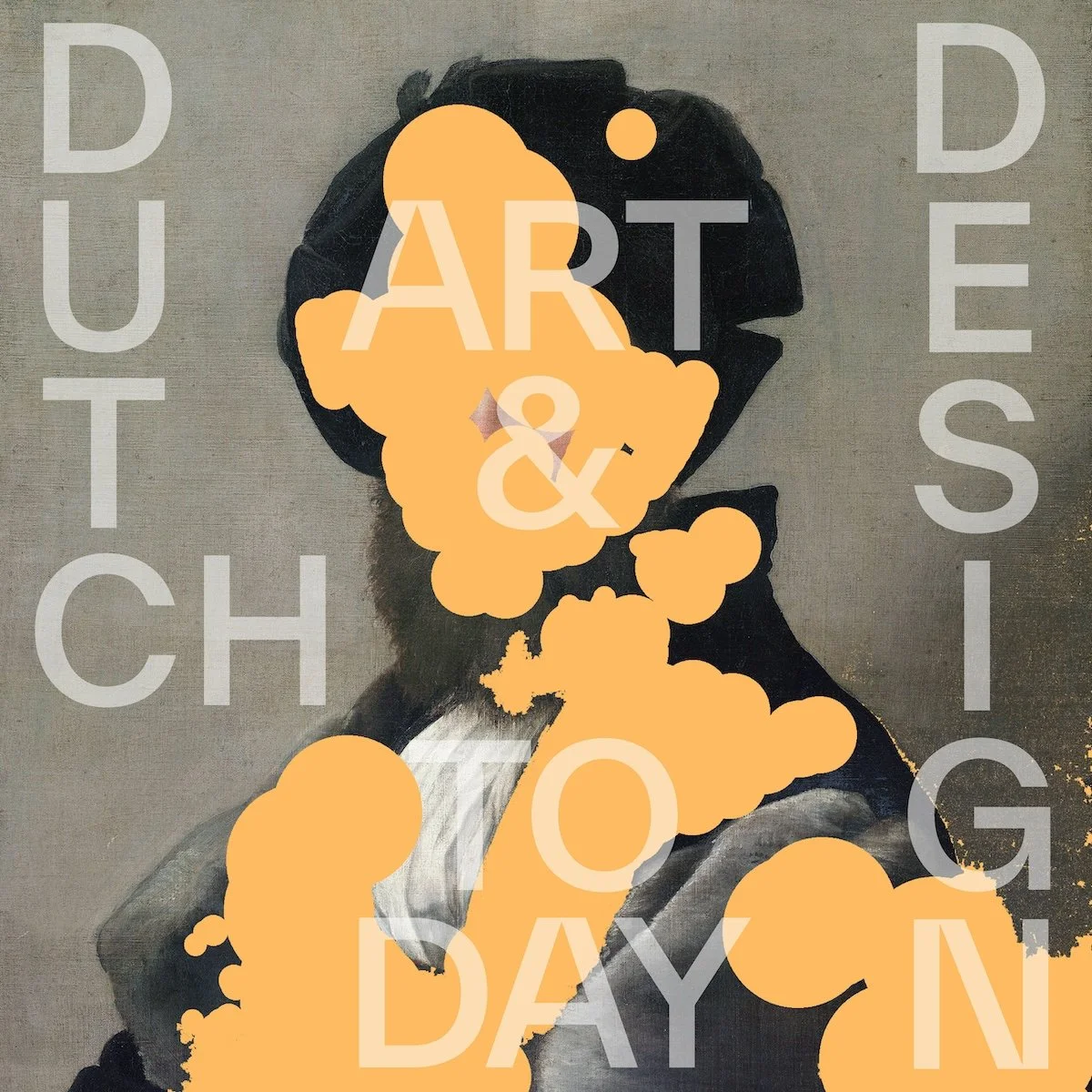I was pleased to appear at the 100 Collectors panel on collecting digital art. To read the full story, visit: https://www.rightclicksave.com/article/the-art-of-good-taste-digital-art-tezos-interview-giannis-sourdis-adrian-pocobelli-danielle-king
Verse Talks x Adrian Pocobelli : From Ballard to digital art
Thanks to Verse for the wide ranging and enjoyable interview on my art, influences and views on art on the blockchain. The interview is available on Spotify and Apple Podcasts.
◆ The Stone Roses, The Smiths, and J. G. Ballard
◆ Neoplatonism and psychedelics
◆ Crypto art vs art on the blockchain
◆ The Pocobelli Collection & KHC’s WeB'97
◆ Derivative culture in the space
Interview: Gamma Featured Partner Artist Adrian Pocobelli
Interview: Dutch Art & Design Today with Adrian Pocobelli
Big thank you to John Bezold of Dutch Art & Design Today for the excellent interview about my art practice. Listen to the episode on Spotify: https://open.spotify.com/episode/3OJojbHz5KMkgQb9GPsMwe
Interview: TezTalks Live with Adrian Pocobelli
Thanks to Stu at TezTalks Live for the interview, where we discuss the art on the blockchain. Watch it on YouTube: https://www.youtube.com/watch?v=8da9MpTcyok
Artz Friday interview with Pocobellli
Thanks to Yoeshi Labs for the excellent interview on the June 13, 2025 edition of Artz Friday for Tezos Commons. Check it out here:
Highlights from Primavera Digitale
Big thanks to Mr. Kei and Sinbad the Sailor for putting on an amazing show at the Primavera Digitale art festival in Florence, Italy. I was happy to have Annunciation exhibited as part of the event, and the experience stood out as truly unique within the digital art world.
At Palazzo Pucci.
Annunciation on display.
Lunch in Florence.
Primavera Digitale exhibition in Florence
I’m pleased to be showing ‘Annunciation’ at the Primavera Digitale art festival in Florence, Italy, from March 31 to April 6, 2025. The exhibition will take place at the historic Palazzo Borghese, where I’ll be in attendance at the show opening.
“Annunciation”, 3971 × 1840, PNG.
ClickCreate interview: Digital art and culture with Adrian Pocobelli
I’m very pleased to have an almost two-hour interview with renown digital art enthusiast Unknown Collector on ClickCreate’s Collectors Corner show. Listen to the full interview here: https://x.com/i/spaces/1vAGRvznykZGl/peek
1/1 interview
I was very pleased to be interviewed on the edgy 1/1 website for an in-depth interview. Read it here: https://oneofoneart.substack.com/p/to-refine-results-raid-the-classics
Senecio at Kulturmuseum Bern
My contribution to the Hommage à Paul Klee group exhibition at Kulturmuseum Bern in Switzerland - 22.3.2024-6.4.2024
Kaloh's Podcast interview
I was very pleased to appear on Kaloh’s Podcast for an in-depth interview. Watch it here: https://www.youtube.com/watch?v=41iV64O4myk
Exquisite Workers interview
I’m very pleased to do an interview with Exquisite Workers on their group show, where I had a work featured. Read the interview here: https://exquisiteworkers.medium.com/success-story-of-ai-artist-pocobelli-02cfd56340c1
8-Bit Nature at 'In Bloom' group show in Berlin
A selection of works from the 8-bit Nature series is on display at the 'In Bloom' group show at The Drey, Berlin, April 29-May 25.
'Three Graces' featured on SuperRare 'Rare Steals'
Thanks to SuperRare for the profile this week in Rare Steals.
‘Bacchus and Ariadne’ exhibited at Musee Dezentral group show curated by NFT Club Berlin
I’m happy to have a work up at Musee Dezentral’s beautiful space in the metaverse. ‘Bacchus and Ariadne’ can be seen at the 21 second mark.
'Miss Santa Claus' limited edition print
Signed and numbered pigment-based inkjet print on tinted 160-gram Canson vellum paper. This edition is available for only seven days (Nov. 28 11:59 pm) and will be limited to the quantity of orders received in the sales period. Edition numbering will be allocated according to the chronology of orders (e.g. first order will be #1, etc.).
The edition includes a certificate of authenticity (COA). The exact print run of every edition can be seen on the Archive of Pocobelli.net. The work pictured above is the Artist Proof (A/P).
'St Catherine of Alexandria (Orange + Yellow Dark Mode) and (Red + Yellow Dark Mode)'
'St Catherine of Alexandria (Orange + Yellow Dark Mode) and (Red + Yellow Dark Mode)', A2, inkjet and acrylic on canvas.
In the studio: Screen Memories Remixes
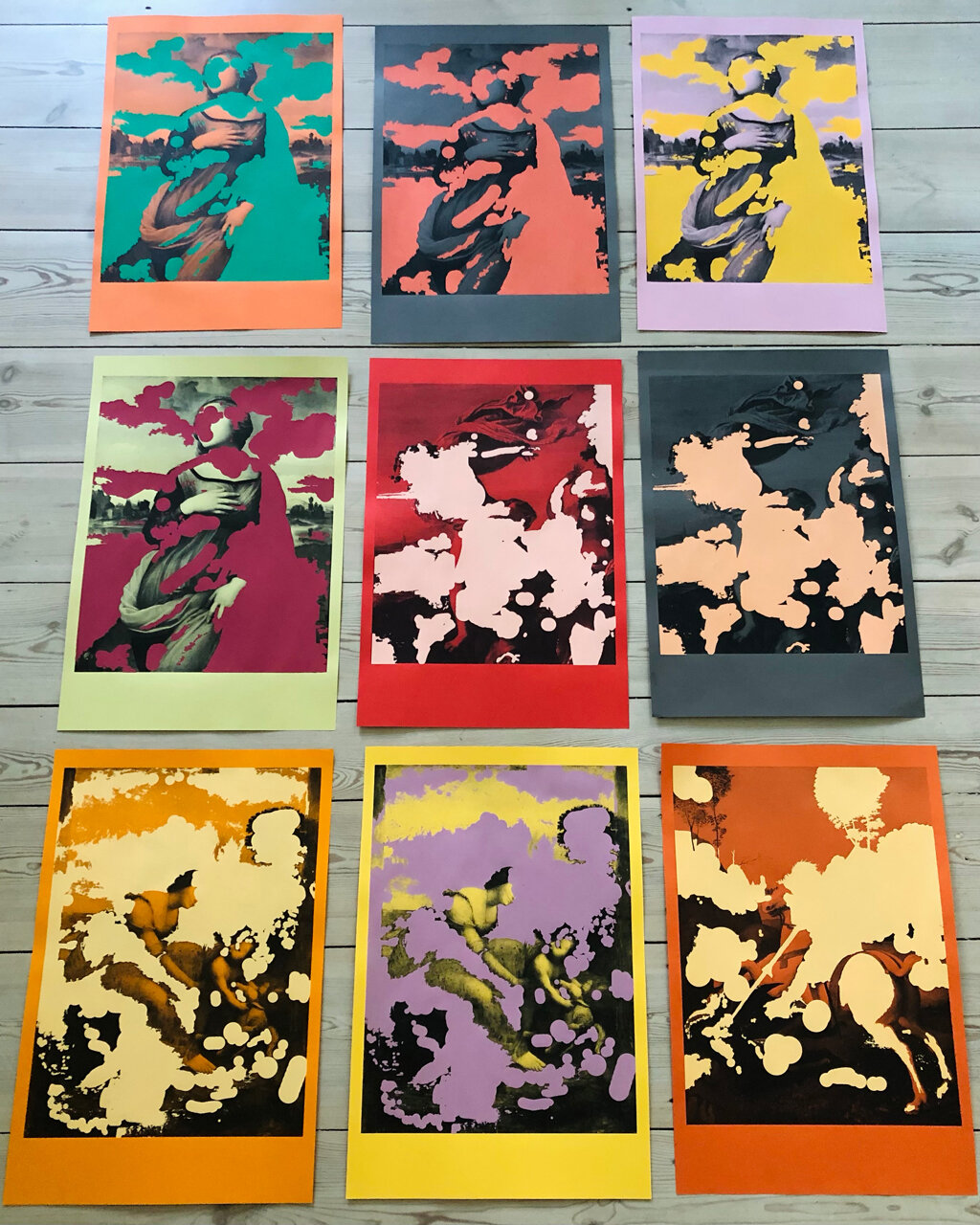
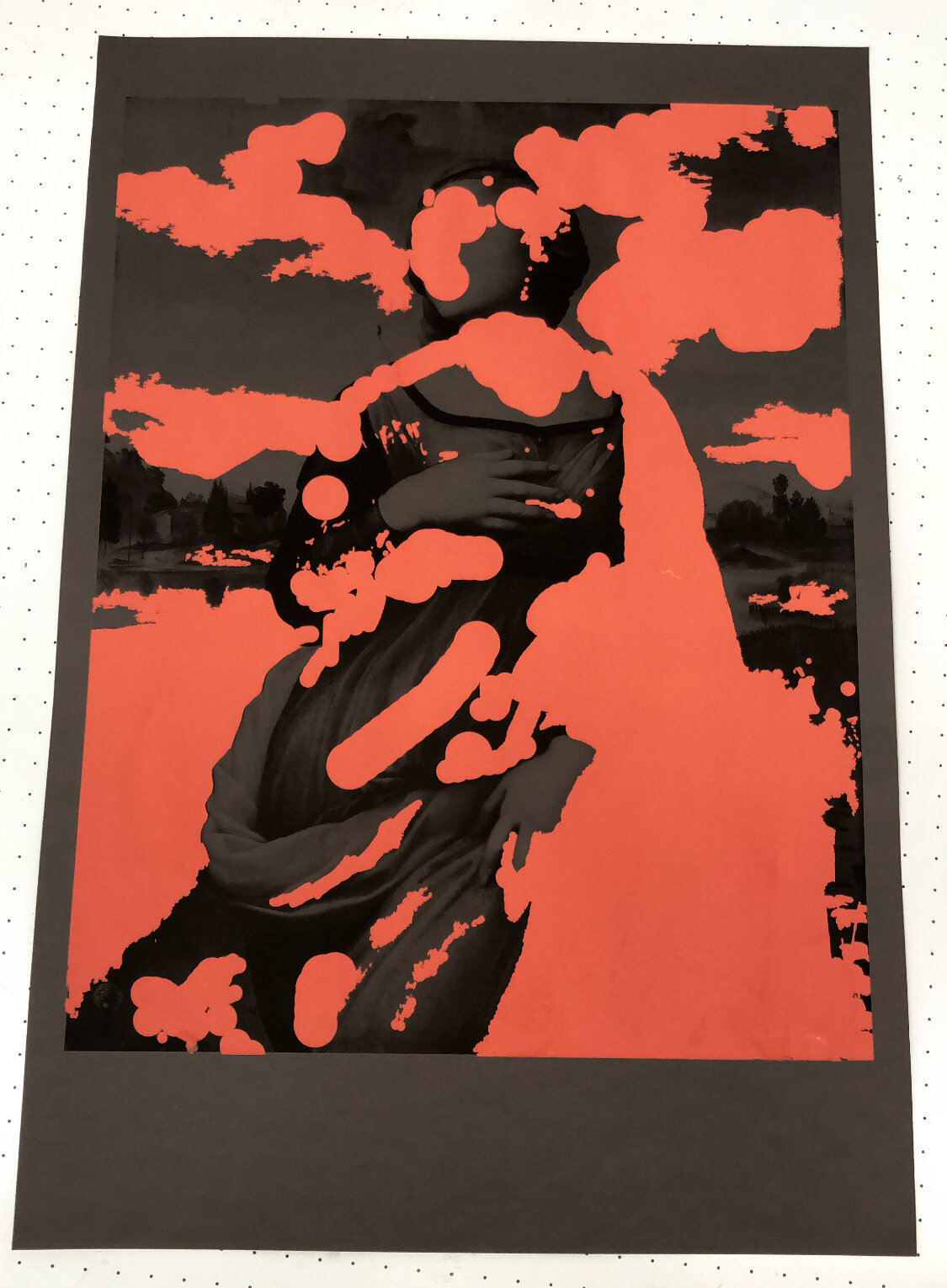
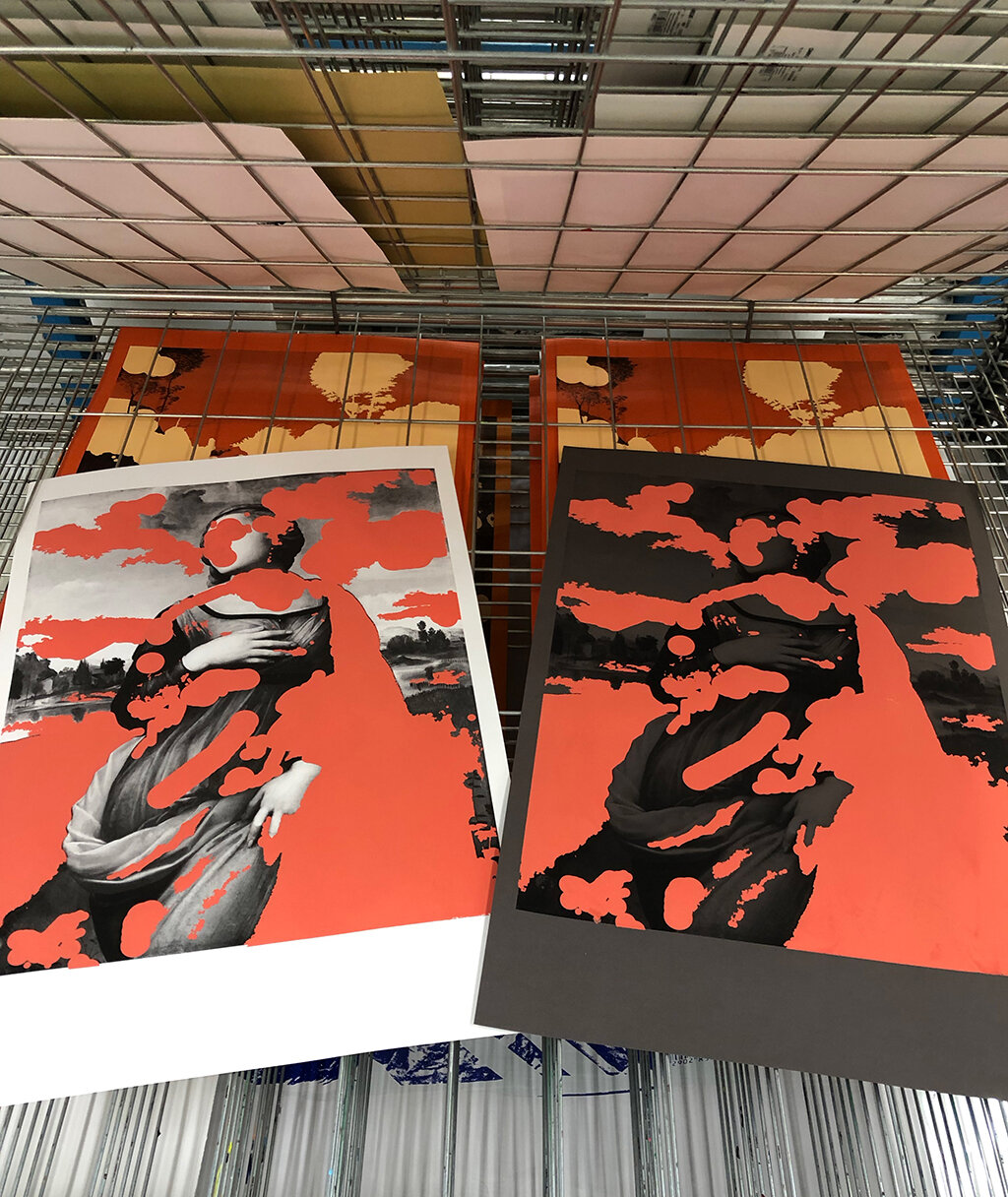
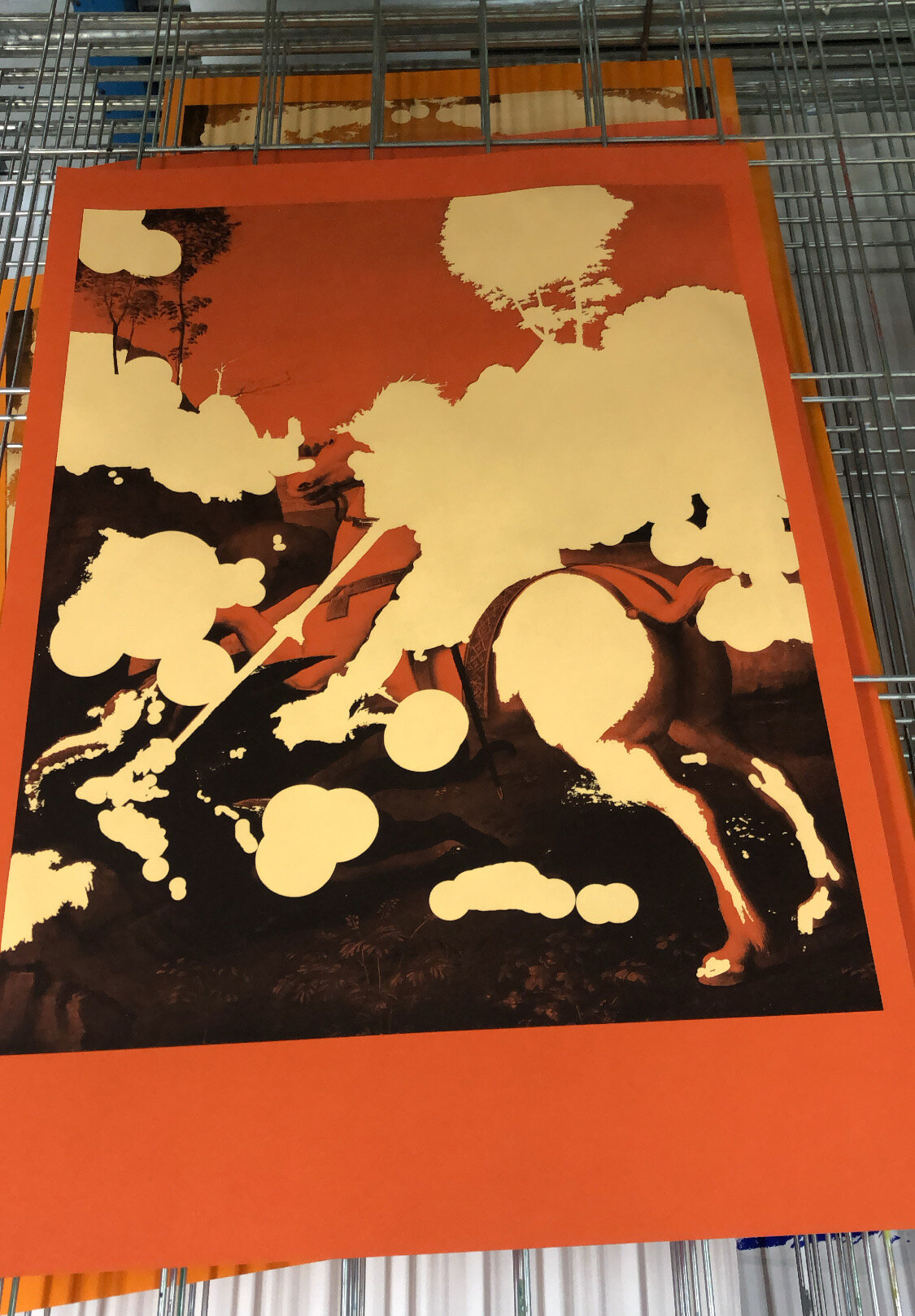
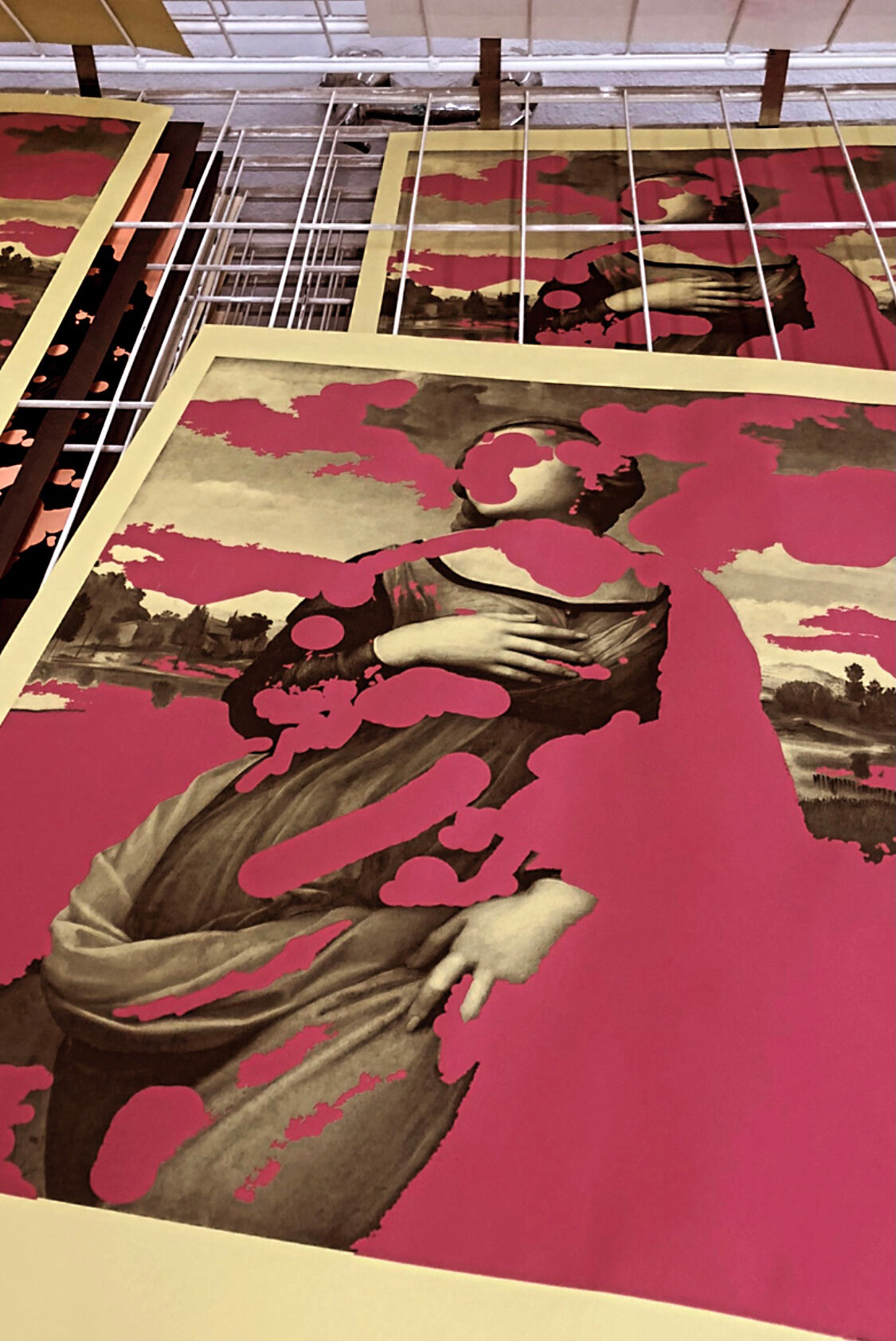
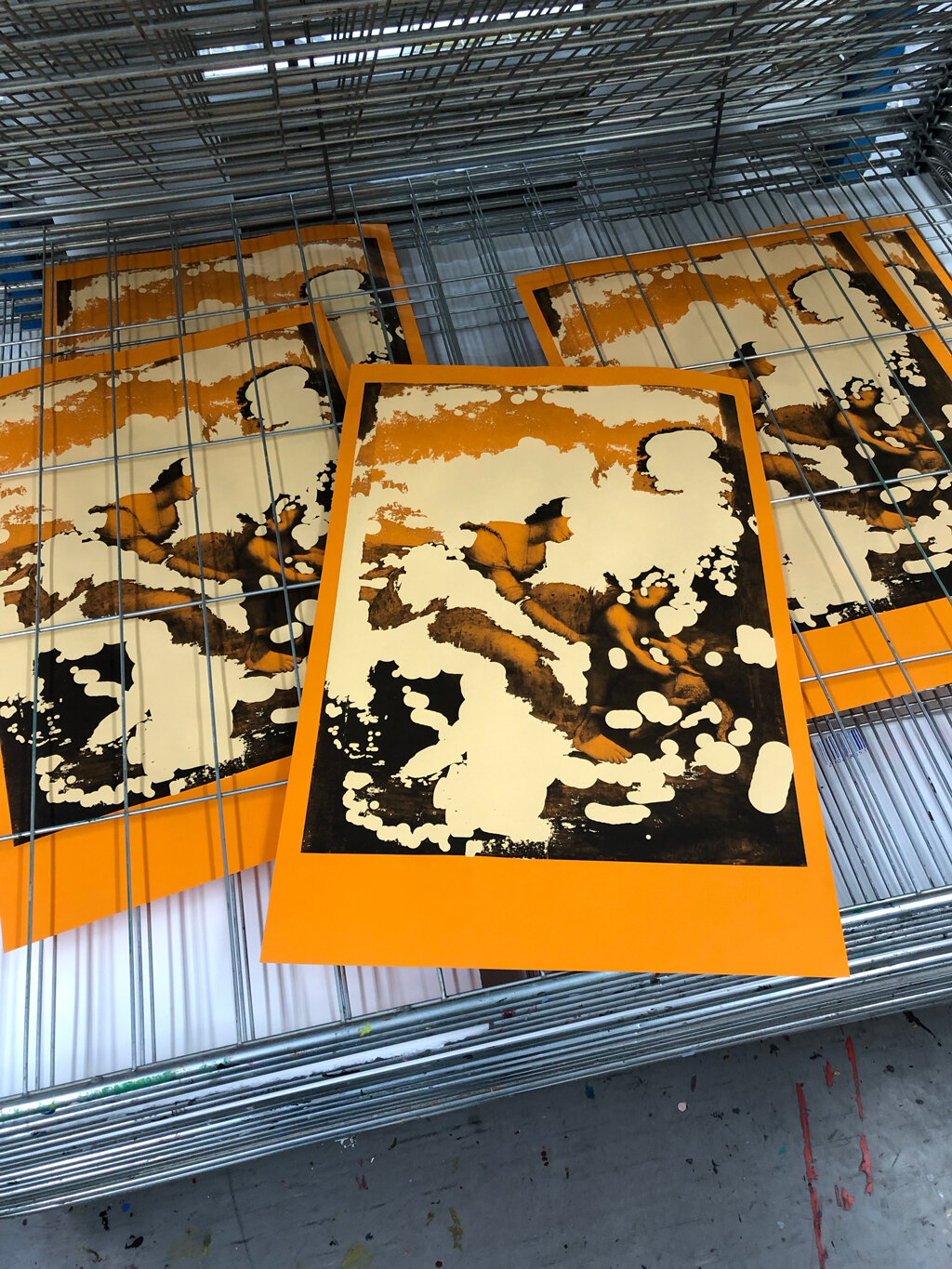
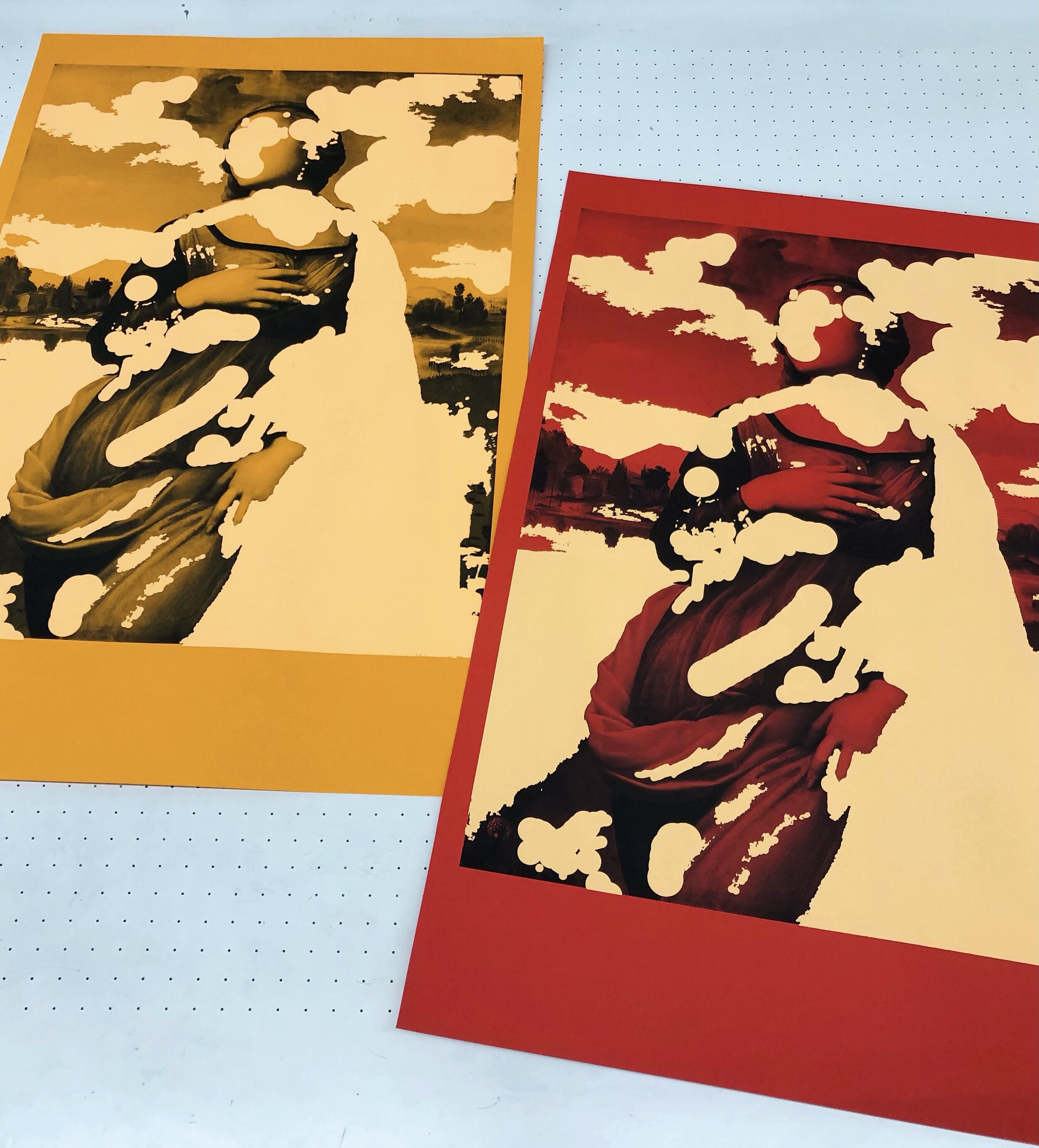
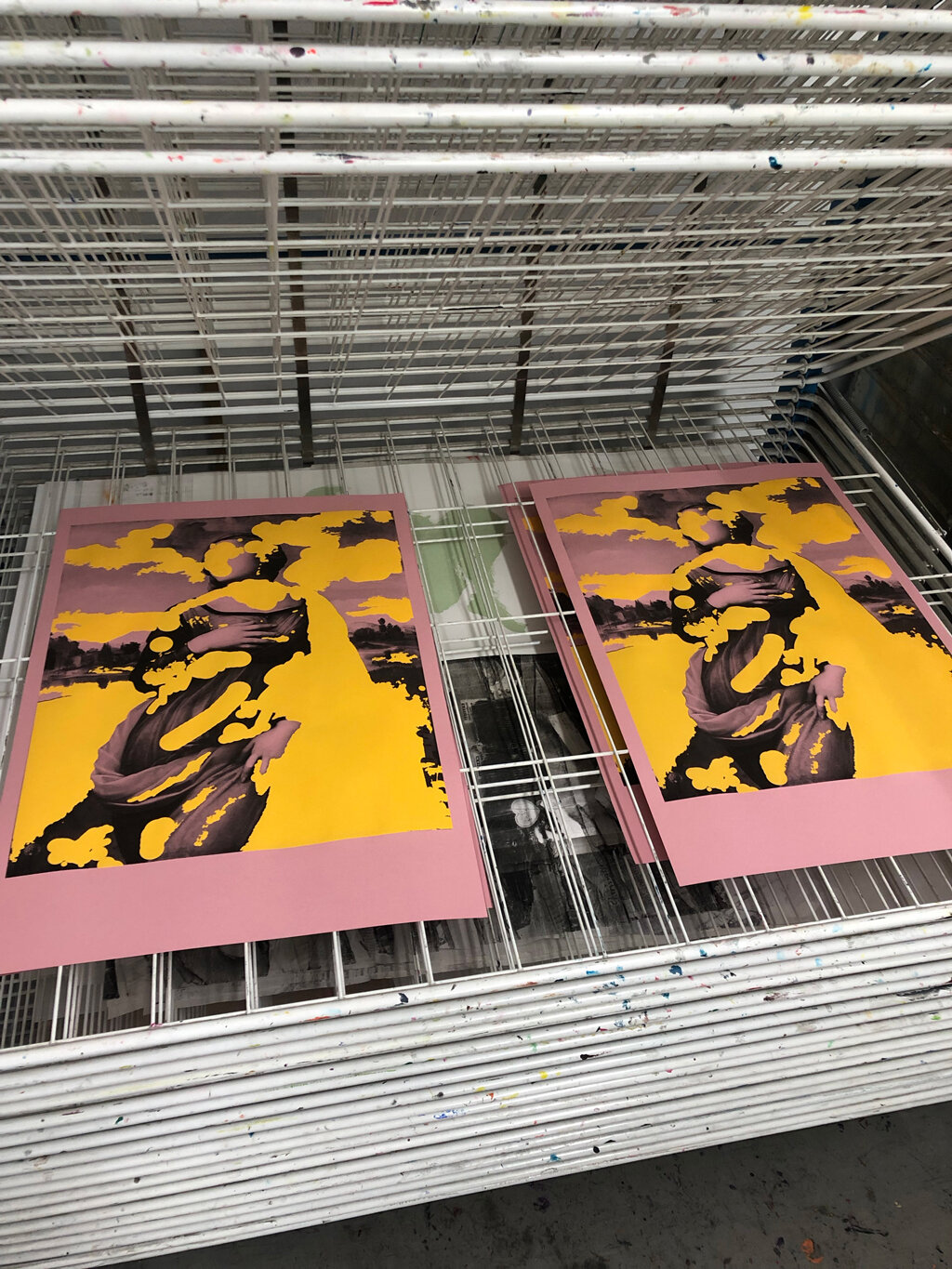
‘Bacchus and Ariadne (Grey Dark Mode)'
‘Bacchus and Ariadne (Grey Dark Mode)’, A2, inkjet and acrylic and paper.




